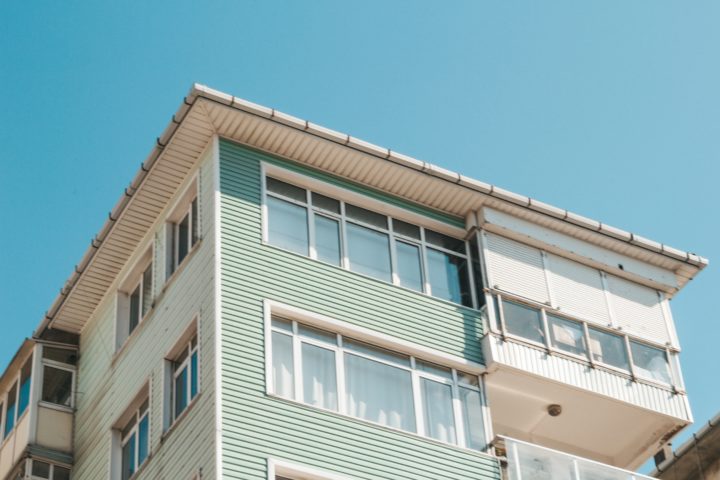The following contribution is from another author.
Buying a new home is a big investment. You should do everything that you can to protect your investment and safeguard your home from damage. Here are some important things that new owners should think about doing soon after move-in.
Inspect Your Roof
Missing or loose shingles on a roof can lead to small leaks in rainy or snowy weather. You should also keep in mind that just a small leak could turn into a serious leak during a major weather event.
It’s a good idea to inspect your roof well before any inclement weather comes your way. Taking care of a few minor issues could prevent substantial damage to your home.
During an inspection, if you do find significant damage to the roof, then it might be a good idea to go for a new roof installation. A brand new roof is often stronger and can withstand the elements, protecting your home for many more years to come.
Repair or Replace Your Gutters
Failing gutters are highly vulnerable to strong winds and heavy rains. A poorly secured gutter system could fall and strike the side of your home. A clogged gutter system may make your home susceptible to damage from water intrusion. A tightly secured gutter system that is free of any obstructions is an essential part of preventing storm damage.
Address Loose Siding Material
Siding is very helpful in fortifying a home from the elements. Over time, however, siding may become loose simply because of age or some combination of age-related wear and previous damage from water or wind. Check out the siding around all areas of your home to assure that nothing is loose or missing. If you notice that something isn’t right, get professional help to correct it.
Update Old Windows
Getting new windows is a great way to safeguard your home while also raising its value. Older windows tend to have compromised seals that allow moisture to come through. If you notice a lot of condensation or fog between window panes, this may indicate that their seals have already given way. Also, changes in your window frames may be a sign that your windows aren’t offering the protection that they should. Warped or sagging frames are often the result of water damage. If your windows have any of these issues, you could be in need of a service like Renewal by Andersen Window Replacement to replace your damaged windows with new, safer ones.
Correct the Slope Outside of Your Home
A lot of homeowners never give much thought to how the ground around their house pitches. Nevertheless, the slope outside of a home may make all the difference in whether a home sustains serious damage from a flood. If the ground is angled towards your home, heavy rainfalls or flooding will cause water to move against your home and possibly cause damage to your foundation or flood your basement. If the ground is angled away from your home, your home will be spared the brunt of the damage from heavy rains. You can correct the slope of your home by getting help to excavate land or repave finished areas such as a driveway or walkway.
Trim or Remove Trees
In windy weather, large branches or even entire trees may give way and fall. If any trees are in close proximity to your home, you should consider whether they present any type of danger. It may be necessary to cut away branches that are very close to your home and would strike it if they broke. An arborist can help you determine if removal of one or more trees on your property would be the safest course of action. You may just need to trim some trees, Tree Trimming can be an alternative to completely removing healthy foliage. Be sure that you clear about your property boundaries before you cut or remove a tree.
Ultimately, the steps that you take to protect your new home should take precedence over any improvements that you make to your home’s aesthetics. While aesthetic improvements are an important part of settling into a home and making it your own, these modifications aren’t as important as the ones that you should undertake to make your home safe and protect it from damage.

















The part of your article that talked about what updating old home windows can do was really helpful to read. Moisture damage is something I can surely expect from any house in my area regardless of how new it is because of the constant rainy weather we experience here. I’ll make sure that this is the first thing I take care of when I find a single-family home that we’re interested in buying.
Informations very good.